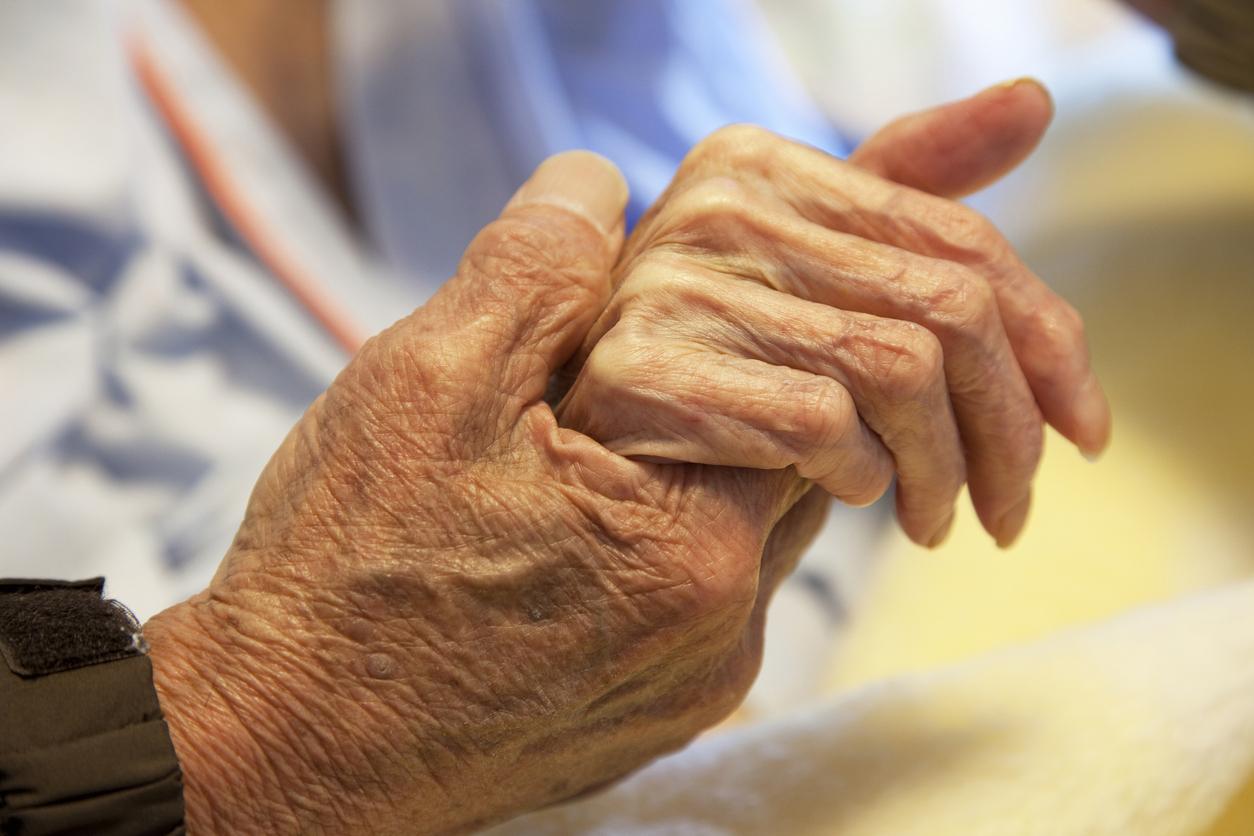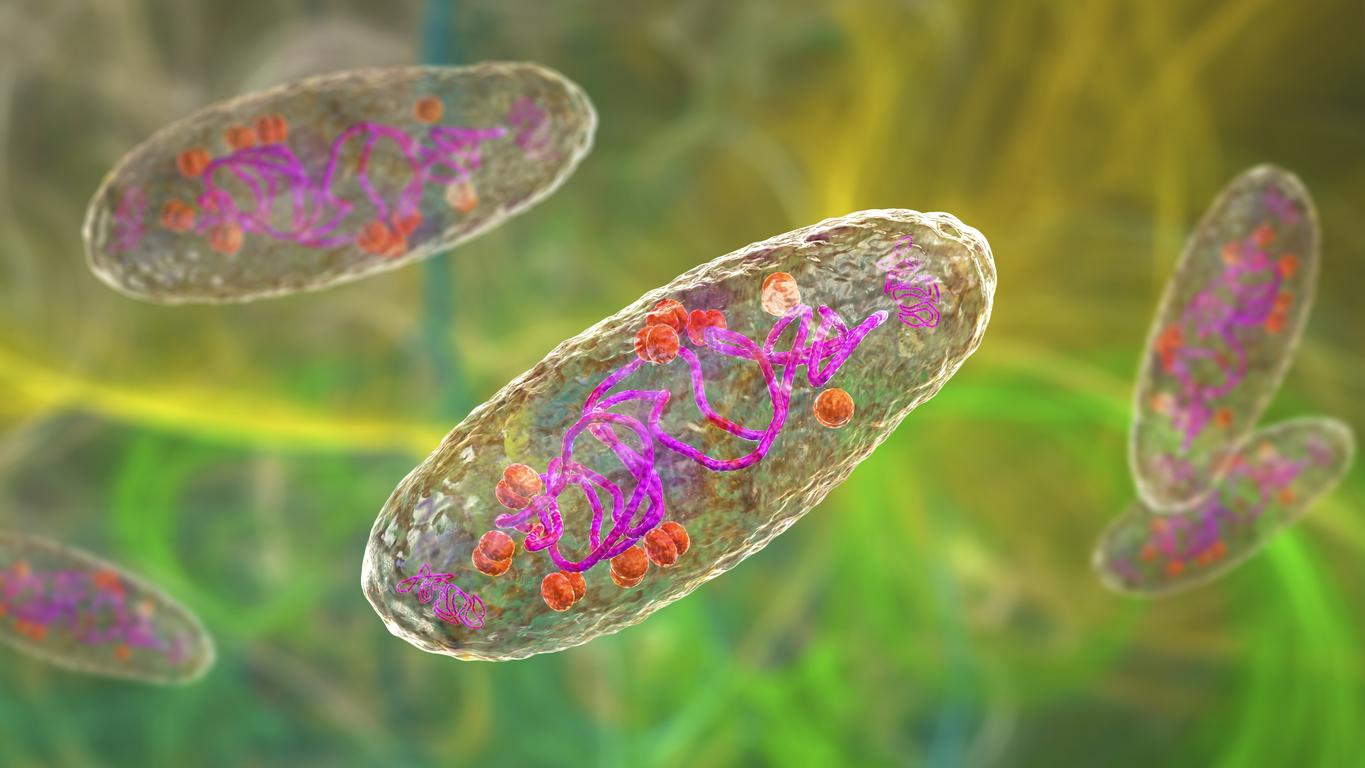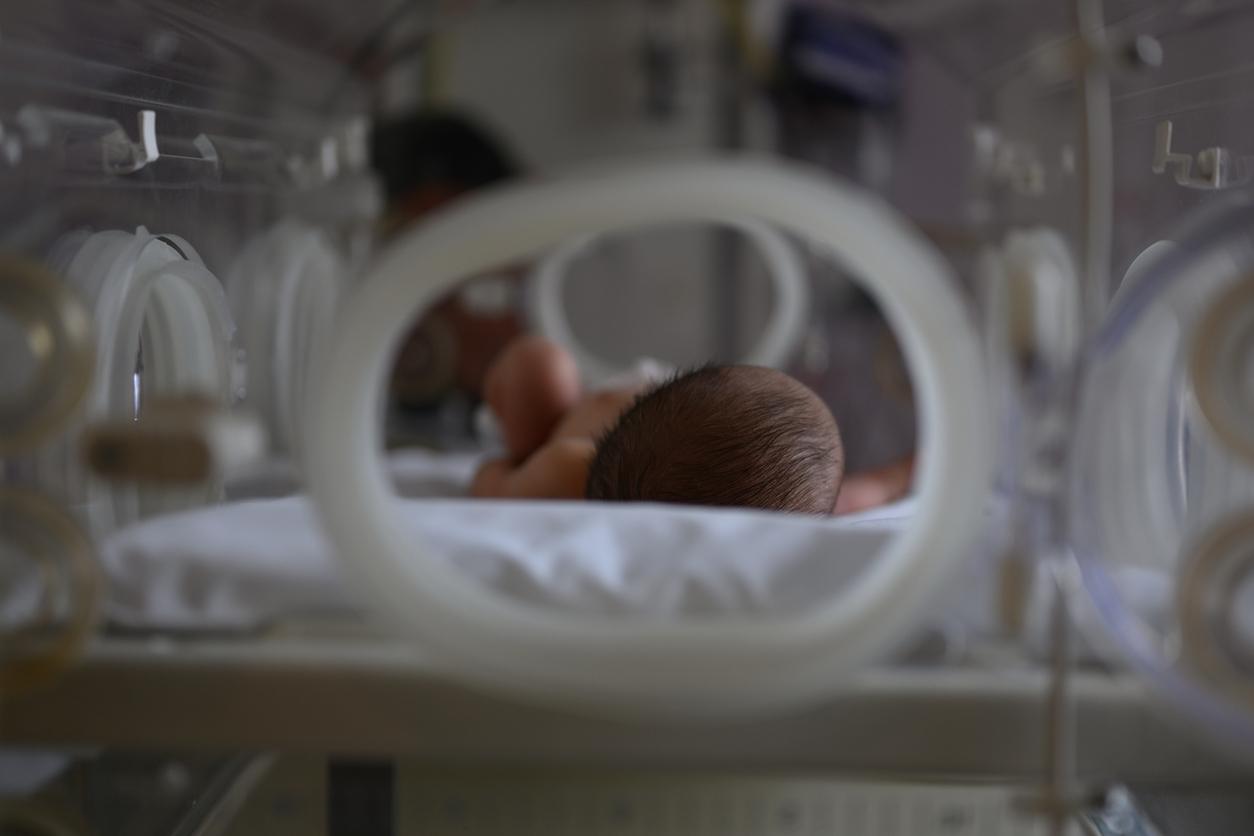According to the latest report from the World Health Organization (WHO) on February 11,plague epidemic black disease that has been raging in Madagascar since its appearance last September is said to have caused 71 deaths in six months. In all, 263 people were affected by the disease and 27% died.
The previous assessment carried out in mid-November reported 119 cases and 40 deaths. The epidemic reached its peak between November and the end of December, before seeing the number of new cases decrease.
Faced with this epidemic, the WHO does not hide its concern, especially since the approaching rainy season risks allowing the infection to persist until mid-April. In addition, the UN organization deplores the fact that the plague has reached certain shantytowns in the capital Antananarivo, areas particularly prone to flooding and colonized by rats carrying the disease.
Endemic to the large East African island, the plague It has reappeared there almost every year since 1980. But in the last three years, the number of cases has increased considerably, making Madagascar the country most affected by this disease in the world. However, the plague remains localized to certain areasand would therefore be harmless for tourists according to the authorities, who had deplored last November cancellations of last-minute travelers due to a resurgence of the epidemic.
Antibiotic treatment that must be taken as soon as possible
If the epidemic is difficult to contain, it is above all because the fleas which transmit the disease to rats seem to be resistant to the insecticide “deltamethrin” used to eradicate them. The plague is caused by a bacterium called Yersina pestis, discovered in 1894, which rats black ones catch on contact with fleas, before biting humans and infecting them in turn.
In humans, the bacterium develops in bubonic form: it begins with an inflammation of a ganglion (called a bubo) and is accompanied by fever, pain and great fatigue. Treated in time with antibiotics, the disease is cured quickly. On the other hand, if it reaches the lungs, it causes pneumonia, which allows the transmission of the plague by coughing. This pneumonic form is one of the deadliest infectious diseases, and can be fatal in just 24 hours. The mortality rate therefore depends on the rapid start of treatment, recalls the WHO.
Read also :
In Madagascar, a plague epidemic worries the WHO
The plague: a re-emerging disease
Leprosy: it still affects nearly 220,000 people a year
















